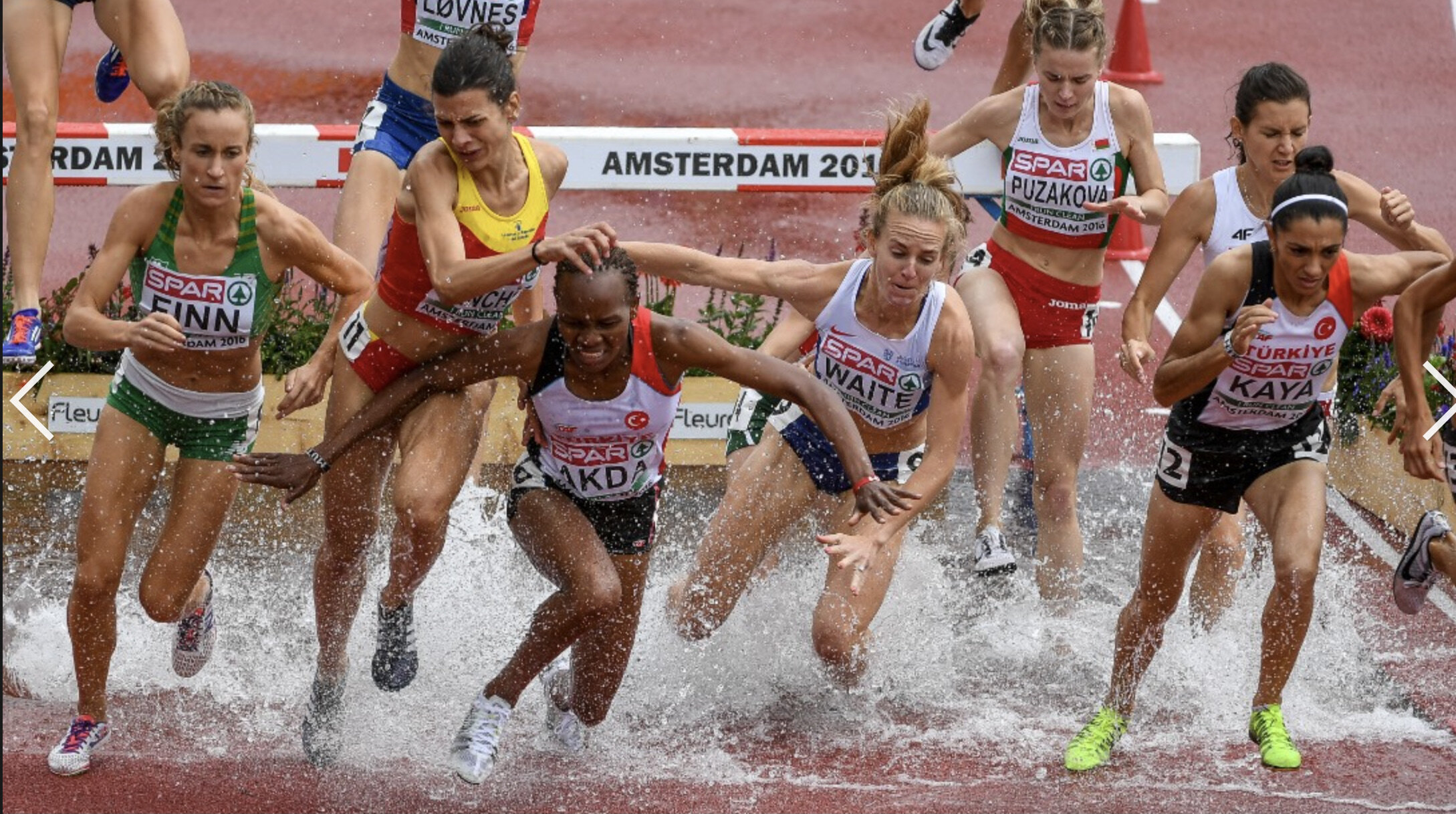The 2016 track season has arrived! As most athletes know, training for Rio has been underway for several months, and some may even argue several years. However, this is an extra special year when we get to run in an event that is recognizable around the globe, respected by everyone, and a symbol of achievement in sport. When it’s not an Olympic year, a lot of people are confused why I’m training. What would I be training for? Well, this year I don’t have to explain. The Olympics is a universal term that everyone understands!
I opened up my 2016 track season last week at the Husky Classic. I ran a personal best in the flat 3k of 9:15.20. I am very pleased with that as my starting point. I have run close to 9:15 before, but only after several races and multiple attempts at the specific race distance. For me, opening with a personal best is a good indicator that my training is going in the right direction.
As many of you may know, I spent mid-December to mid-January on my honeymoon—I did a month long trip around the globe with my husband, stopping in Moorea, New Zealand, Singapore, and London. When I bought the ticket to Seattle for the Husky Classic, I made sure it was refundable. I needed the flexibility in the ticket so I didn’t feel too pressured to meet specific training targets on my honeymoon. It was important to me to find the right balance of enjoying my trip fully, embracing the vacation, while still finding time to enjoy my training. I didn’t skimp on the celebratory champagne, nice wine with dinner, or desserts, but I did make sure to run. I used my running as a way to enjoy the scenery and explore the new destinations. Some runs were definitely more successful than others—running to mountaintops for priceless views, is, well, hmm, maybe not that priceless? I dragged my husband on a couple of ‘scenic’ runs that were brutally hot, hilly, and lacking access to water. Nevertheless, for the most part, the running was glorious (check out the video below for a glimpse of some of the scenery we explored on foot). I didn’t have a planned schedule of sessions, but instead worked it around the travel schedule, weather, and sleep. When I came back to Austin, I had maintained enough of my fitness to commit to the Husky Classic. The race was uncomfortable, as expected, but what I needed to give me a glimpse of where I’m at in training. It was also great to catch up with track friends—it is so good to reunite with people at races.
So, what’s next? Back to training! I’m focusing on opening up with a 5k at Stanford Invite on the 1st of April. Considering I’ve been in this sport for so long, I have done a pretty incredible job of avoiding the 5k. However, coach is pushing for it, and I have been gaining more confidence in my strength over the past few months.



